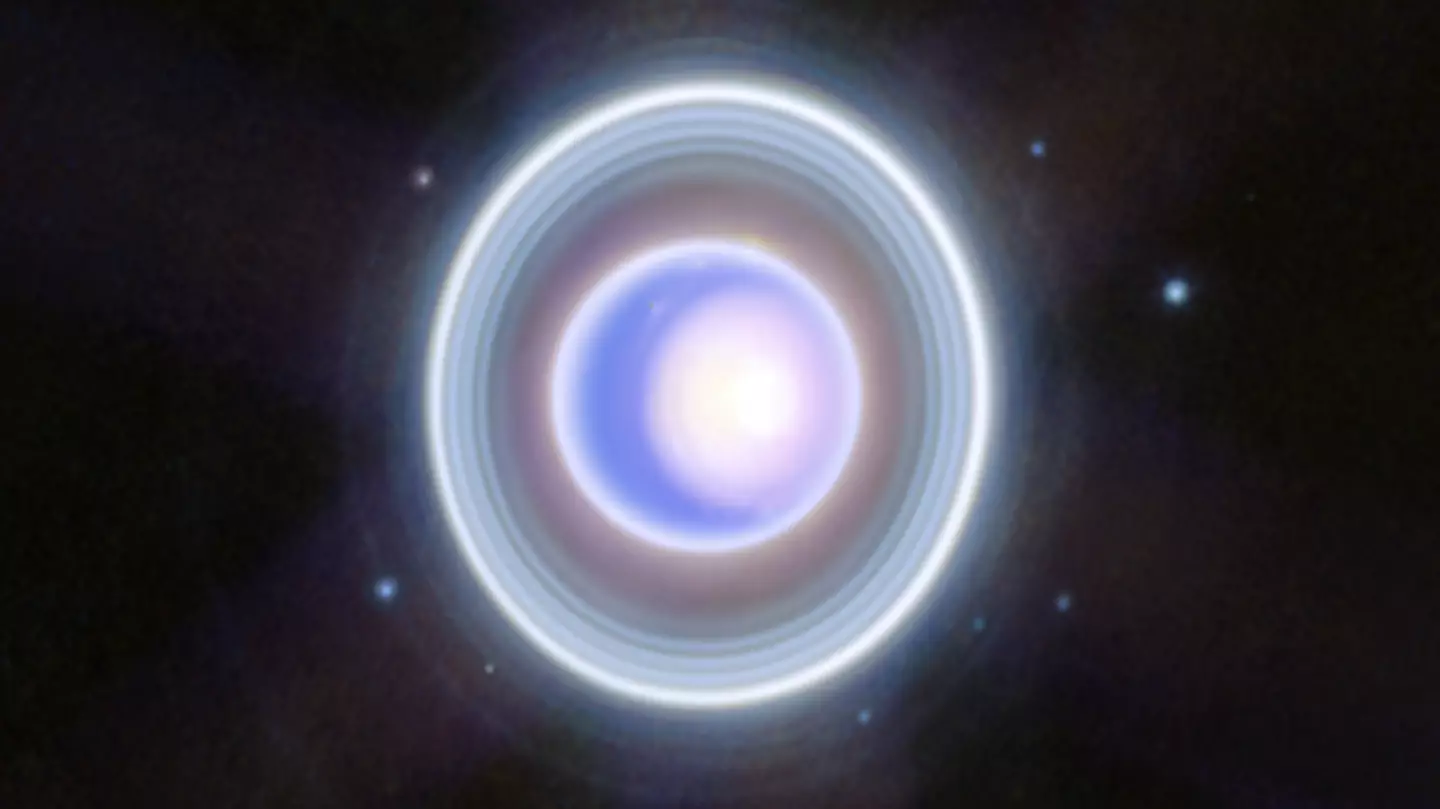
People in awe over 'insane' photo of Uranus captured by NASA’s James Webb Telescope
'I had zero clue this is what Uranus looked like'
Featured Image Credit: NASA
Topics: NASA, Science, Reddit, Social Media, Viral
 Ellie Kemp
Ellie Kemp
Ellie joined UNILAD in 2024, specialising in SEO and trending content. She moved from Reach PLC where she worked as a senior journalist at the UK’s largest regional news title, the Manchester Evening News. She also covered TV and entertainment for national brands including the Mirror, Star and Express. In her spare time, Ellie enjoys watching true crime documentaries and curating the perfect Spotify playlist.
@EllieKempOnline